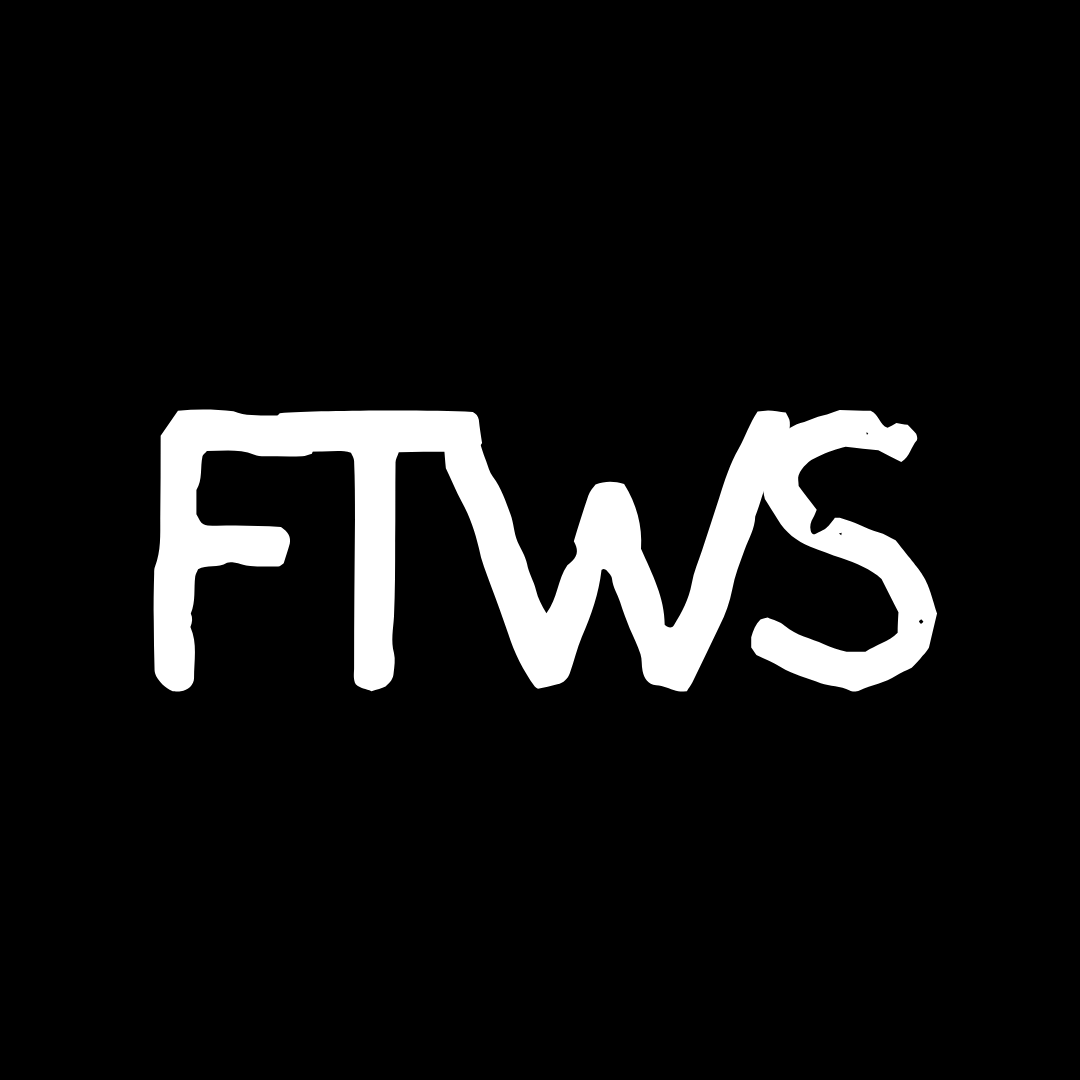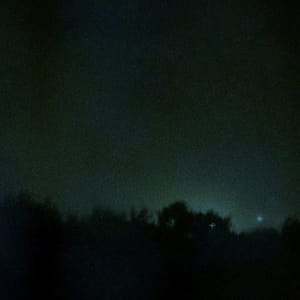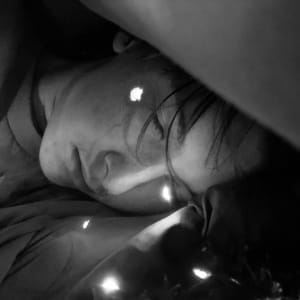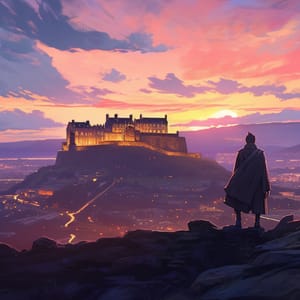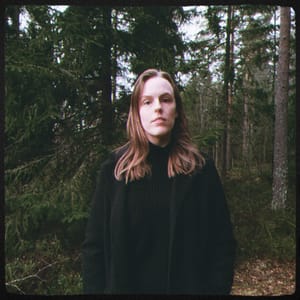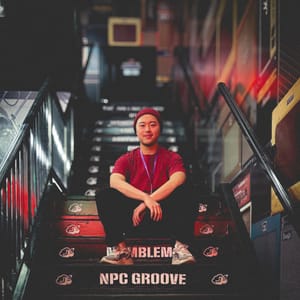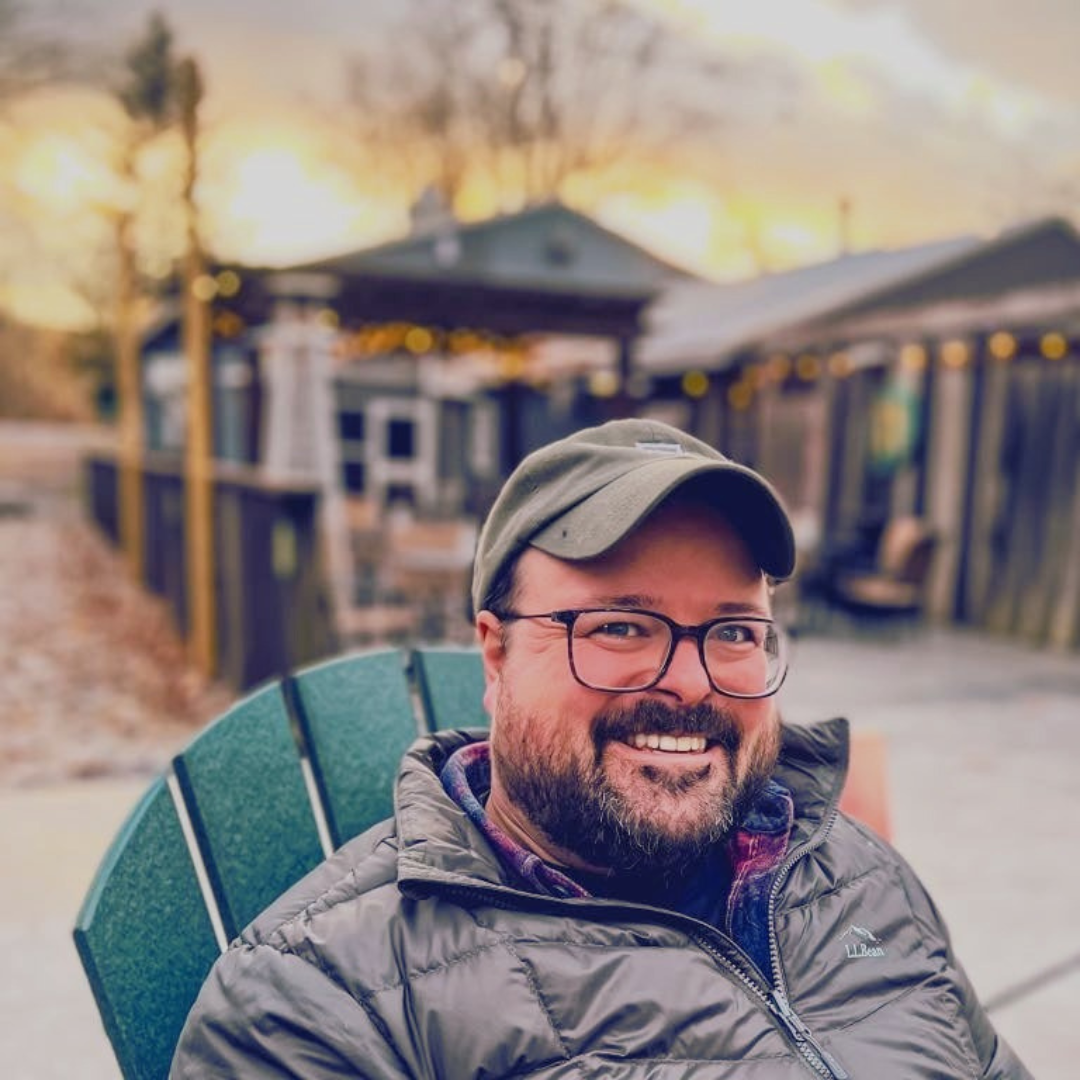
#005 - Northern Drift
Welcome to our interview series, where we interview emerging creatives all over the globe!
Today, we will be interviewing Northern Drift, a Multi-Instrumentalist and Producer from Upstate New York who produces music in the lo-fi genre. With over 36k Monthly Listeners on Spotify, Northern Drift defines his music as guitar-centric, low-fidelity beats inspired by the surrounding Adirondack Mountains. His music captures the essence of serene wilderness, inviting listeners to immerse themselves in tranquil melodies and soothing rhythms.
With that being said, we will now dive into the questions we have prepared for Northern Drift, get ready!
Hi, Northern Drift! We appreciate your interest in taking part in the FTWS interview series. How are you feeling today?
Hi Naol! I’m doing great! Thanks for having me as part of this interview series! I just had the chance to check out the interview you did with Saucht who’s one of my favorite emerging artists and really enjoyed it!
No worries and thank you! Let's begin with our first question: Can you describe the steps you take to create a track? Do you begin with a melody, a rhythm, or a particular sound?
I grew up listening to and playing the blues, so for me, I like to start just noodling around on the guitar or piano until I find something that really pulls me in emotionally. Usually, this will be some kind of chord progression and melody. Hopefully, I’ll find something where I’m like “I’ve got to get that down!”. From there I’ll fire up Ableton and try to record an 8 or 16 bar loop. I really like to take the listener on a journey, so I think a lot about dynamics and storytelling, so I’ll start adding additional elements to the loop until I feel like I have enough to build it into a full arrangement. I’ll then add, remove, and edit until I have a complete song.
Lately, I’ve been working on trying to tell a story by adding space in my work, so now I’ll go back and remove a lot of what I added earlier in the looping phase to give everything else space to breathe. I think there’s a tendency, especially in lo-fi, to have lots of layers going on all the time, but sometimes less is more.
How has lo-fi music's popularity on streaming platforms and study playlists influenced the genre's development and the types of artists who create it?
I think lo-fi has opened the doors to a lot of artists like me, who used to play in bands when we were younger, but now have jobs and families that make it more difficult to stay up all night playing in bars. It gives us a creative outlet, where we can still play and share our music with the world. It just happens to be a much larger stage than a dive bar. Because of this, I think you get artists from many different backgrounds, like rock, jazz, or even folk musicians, who start to adapt their sound to fit the lo-fi vibe. I feel like that’s why the lo-fi sound is always evolving, it’s pulling influence from many other genres.
What has been the most difficult obstacle you have faced in your music life thus far, and how did you resolve it?
There was a time when I fell out of love with playing music. I never really stopped playing, but for me, I prefer to play music with and for others but as I got older and had more responsibility, it just took a back seat. Lo-fi helped me find an audience for my music, but the real gem is the community behind it. Being able to collaborate with musicians around the world has brought back the excitement and inspiration I used to get from writing and jamming with other musicians, and I again find myself in love with playing music.
Does your production style draw inspiration from artists or genres beyond lo-fi music, and have you worked with artists from diverse backgrounds?
Yeah, of course. As I mentioned earlier, I grew up listening to the blues. Stevie Ray Vaughn had a huge impact on my guitar playing when I was a kid, as did other blues guitarists like Roy Buchanan and Gary Moore. Apart from the blues, I really dig artists like Bon Iver, Jose Gonzalez and Iron and Wine and lately, I’ve been trying to infuse some of their styles of guitar into my work. I’m also really into old-time and bluegrass music, and occasionally, I’ll try to sneak the banjo into some of my lo-fi tunes.
The demands of the music industry can be high. How do you strike a good balance between your personal well-being, creativity and performance?
Since I’m mostly writing and producing on my own in a bedroom you’d think there isn’t much pressure, but I’ve found that once you start to have a little success and understand that you need to have a fairly consistent release schedule and hit deadlines for label compilations, the stress kicks in. When this happens I have to take a step back and remind myself that I’m doing this for fun, and when it stops being fun it’s time to take a break.
I’m lucky in that I have been able to set up a dedicated spot in my house where everything is setup and ready to go, so when the inspiration hits I can just go and record, but when I get frustrated, it’s easy enough to get up, leave, and go hang out with my family.
That concludes our interview with you. Thank you so much for participating! Would you like to share any new music or plans over the next few months?
Thanks, Naol! It was my pleasure! I have a bunch of new releases coming out over the next few months. On May 2nd I’ve got a wonderful collaboration with Blue Hippo releasing titled “Awake at First Light” and on May 16th, “Waiting for Changes” drops which is a beautiful sleepy collaboration with my friends moat and Jaspurrr. Links to those releases as well as all upcoming releases and socials can be found over on my Linktree: https://linktr.ee/northerndrift
Follow Northern Drift:
Get Featured: https://forms.gle/iMEu3NouFWTWKwo78
Donate: https://paypal.me/NaolDenko
